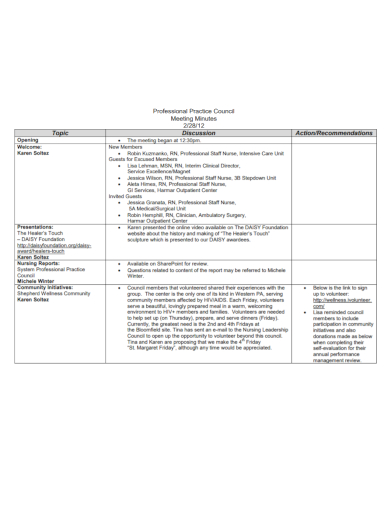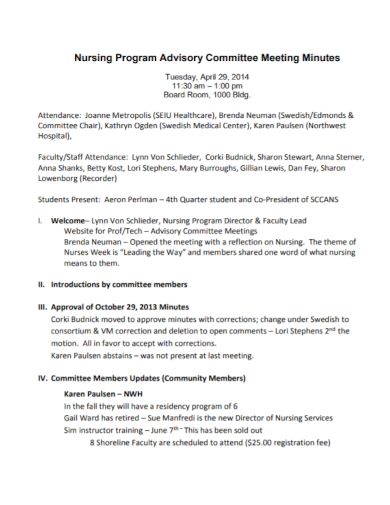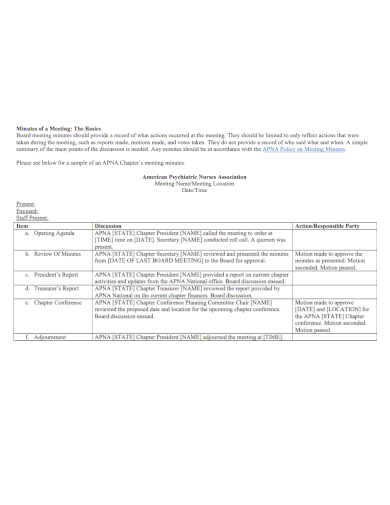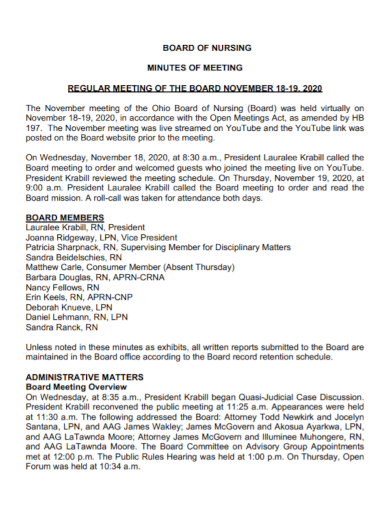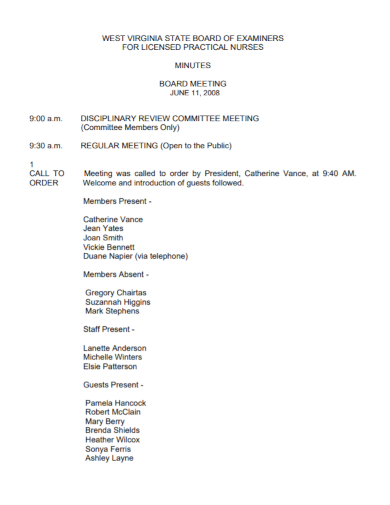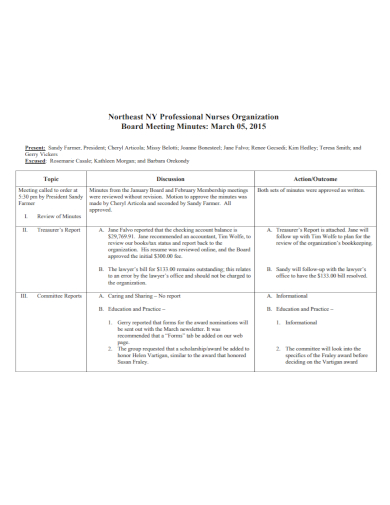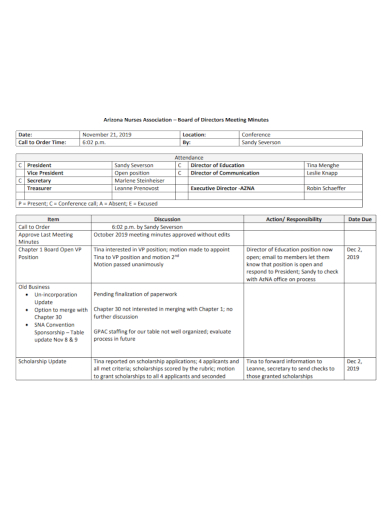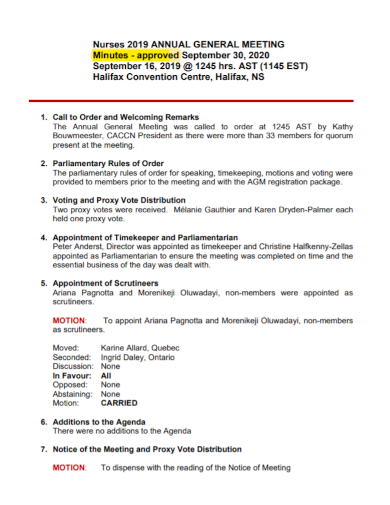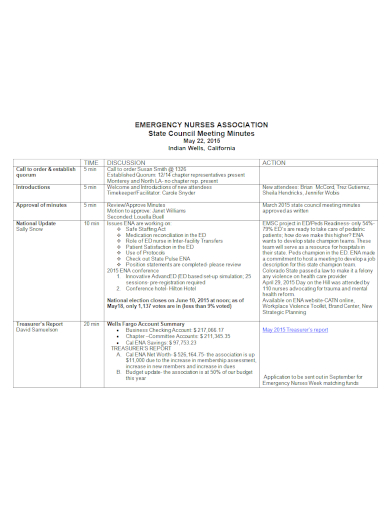Nurses are no doubt one of the most trusted professionals in the world. They are and have always been the forefront of global healthcare. With a very broad field, from public health, illness prevention, medicine, rehabilitation, to recovery, and so much more, their profession has never been easy and the vast scope of the knowledge and skills they cover make them arguably the backbone of healthcare in the whole world. Because of a very broad scope, there is nothing more important to a nurse’s profession than planning ahead and being prepared. In a workplace setting, nurses don’t work alone.
They typically have their coworkers alongside them in a hospital or other medical setting. When working in a high traffic workplace such as a hospital, it’s best to be able to establish a clear through line of communication that enables every working nurse to be aware and informed of the current status of the patients and the additional tasks that they have to do. That is why it’s usual for nurses, along with their head nurse or team leader, to conduct a periodical meeting with the rest of the team. To further supplement and ensure this mass information dissemination, and like every meeting conducted in the world, a minutes of the meeting is to be drafted.
Minutes of the meeting are a summary of the notes that have been recorded throughout the meeting. This document highlights the issues that have been covered, as well as the rest of the things that have been discussed such as motions that have been passed, decisions made, and the tasks or activities that need to be done and accomplished. It can serve as an outline of the meeting for those who were not able to attend, and as a solid reference point for the future meetings.
It’s a widely important tool to have, especially in a working body where every member of the team has to be properly informed of their tasks and if there are any changes in work operations. The minutes of the meeting can easily help with information dissemination, and the circulation and delegation of tasks. To properly acquaint yourself with the document, check out these nurse meeting minutes samples that we have listed down below. You can also use these samples as a guide or even as a template for when you draft your own minutes of the meeting.
10+ Nurses Meeting Minutes Samples
1. Staff Nurses Council Meeting Minutes
2. Nurses Program Advisory Meeting Minutes
3. Psychiatric Nurses Meeting Minutes
4. Nurses Board Meeting Minutes
5. Practical Nurses Board Meeting Minutes
6. School Nurses Meeting Minutes
7. Nurses Organization Board Meeting Minutes
8. Nurses Association of Directors Meeting Minutes
9. Nurses Annual Meeting Minutes
10. Nurses Committee Meeting Minutes
11. Emergency Nurses Meeting Minutes
What Is a Nurse Meeting Minutes?
Nurse meeting minutes are essentially just minutes of the meeting specifically drafted for nurses’ meetings in the workplace. It operates with the same elements as a regular minutes of the meeting, only the content and context varies. These are official documents that contain a written record of the entire meeting whether it be organizational, administrational, faculty, or like in this case, nurses’ meetings. The document can serve a wild variety of purposes such as tracking the overall progress of the department, provide details for future tasks and activities, and can even serve as a solid reference point for the next meeting of the department.
It reflects a record of the motions passed and decisions made, items that have been discussed, and the attendance of the meeting. It’s more of a summary of events, not a verbatim transcript of the dialogue. It should contain what happened, not what was said. An appointed member of the board or department is typically chosen to take down the minutes of the meeting, most usually the department secretary.
What Should Be Included in a Nurse Meeting Minutes
The appointed person should have a perfectly clear idea of what their task is and how they’ll do it. If they are unsure with what to do, it is best to approach the meeting presider or the head nurse of the department to clarify the whole process. One example of this is when there will be things to be voted upon during the meeting, they should ask whether they have to include the names of the voters in the tally or not. And before actually recording any sort of information, it is best to make sure that the appointed person is familiar with the information that they are recording. Some departments or organizations have their specific formats in writing the document, regardless, it should contain the following details.
- Date
- Date and time of when the meeting took place, following an appropriate and proper dating format.
- Attendance
- A list of the attendees, as well as those who were late or absent.
- Clarifications from the previous minutes of the meeting
- Note the clarifications and inquiries made regarding the minutes of the last meeting, and whether or not everyone approves it as it is.
- Decisions and motions regarding the current agenda
- Tasks and activities delegated and have to be accomplished
- Steps and proceedings
- Outcome of the overall decision making
- Motions raised that have been approved or denied
- Recent and accomplished businesses
- Details for the next meeting such as possible agenda, date, and time
After the meeting has adjourned, the designated taker of the minutes should be able to gather the resources they need to be able to write the document in a clear and fairly concise manner. Minutes of the meetings are more than just notes written down on a sheet of paper, it has to be summarized and presented in a way that easily makes sense. Be sure to write the final draft while everything is still clear in your mind. Review and outline the contents, and always clarify and verify if you are unsure.
FAQs
What makes a good nurse?
Kindness, trustworthiness, empathy, caring, and compassion. These traits are some of the innate characteristics that people already have. Nurses take these innate goodness and escalate it really well, helping them communicate and empathize clearly with their patients that are, more often than not, in the worst possible moment of their lives.
Why are meetings important for nurses?
Regular meetings greatly increase the chance of catching practice management problems early on. An agenda should be prepared to keep the meeting on track.
Who approves the minutes of the meeting?
Minutes are usually signed by the department secretary, but if it is required or it’s customary, it may also be signed by the head nurse or the president.
Minutes of the meeting are very important documents because not only they can serve as official records for the department, they can help with the overall tracking of the work progress of the nurses. It’s a widely common tool because of its usefulness, and just a well written minutes of the meeting can go a long way for the department or organization.
Related Posts
FREE 10+ Small Business Meeting Minutes Samples in MS Word | Google Docs | Apple Pages | PDF
FREE 10+ Company Meeting Minutes Samples in MS Word | Google Docs | Apple Pages | PDF
FREE 10+ Board Meeting Minutes Samples [ Non Profit, First, Software ]
FREE 10+ Risk Management Meeting Minutes Samples in PDF | DOC
FREE 10+ Office Meeting Minutes Samples in PDF | DOC
FREE 10+ Marketing Meeting Minutes Samples in PDF | DOC
FREE 10+ Grievance Meeting Minutes Samples[ Hospital, Redressal, Committee ]
FREE 10+ Financial Meeting Minutes Samples [ Committee, Board, Council ]
FREE 10+ Pre-construction Meeting Minutes Samples in PDF | MS Word | Google Docs | Apple Pages
FREE 10+ Weekly Meeting Minutes Samples [ Sales, Staff, Safety ]
FREE 10+ Faculty Meeting Minutes Samples in PDF | DOC
FREE 10+ Event Meeting Minutes Samples in PDF | DOC
FREE 11+ Team Meeting Minutes Samples [ Leadership, Remote, Project ]
FREE 10+ Operations Meeting Minutes Samples in PDF | DOC
FREE 10+ Management Meeting Minutes Samples [ Senior, Risk, HR ]

